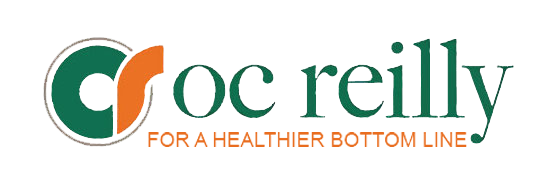OC Reilly Blog: Watch Those Assumptions
By Mike Polaski, Executive Director, Supply Chain, OC Reilly Inc.
(April 4, 2016)—When something appears to be such an obvious fact, it becomes easy to assume that everyone agrees and has already accepted it. But it helps to remember the old saying about assumptions, and how they can embarrass you if you place too much stock in them.
Such may be the case regarding healthcare supply chain practices. An article in the January 2016 issue of Healthcare Financial Management titled, “Hospital Cost-Containment Strategies That Earn the Respect of Rating Agencies” points out what may be a faulty assumption.
“An organization’s capital outlays also indicate how it plans to position itself in the increasingly competitive marketplace,” reads the article. “In the current environment, rating agencies tend to assume that any investment-grade hospital has already squeezed what dollars it can from supply contracts and staffing budgets.”
But not so fast. In our work with hospitals and health care systems, we find that numerous and significant areas to improve their supply chain management exist in virtually every case. While it’s true that the focus on cost-efficiency – spurred primarily by shrinking reimbursements and the pressure to lower costs from the Affordable Care Act – has intensified, hospitals and healthcare systems still have a long way to go before it can be reasonably assumed they have exhausted their potential savings from supply chain practices.
The magazine article stresses the fact that rating agencies pay closer attention than ever to each possible area of efficiency, savings, and performance, as they determine credit ratings for healthcare organizations. Those ratings have an enormous impact on the organization’s ability to borrow money, attract investors and potential acquirers, and remain financially solvent. Achieving and maintaining a strong rating represents a critical consideration.
Many organizations place too much stock in the recommendations of larger firms, not realizing that those recommendations are formed by analysts who may be inexperienced and textbook-trained. That’s even more reason not to assume that the benefits from aggressive, knowledgeable, and action-oriented supply chain management have already been realized. Additional savings and greater cost-efficiencies typically can be found and achieved.
So watch those assumptions. They can trip you up – or, worse, can unnecessarily prevent you from seeing even better financial performance and receiving a stronger credit rating.
